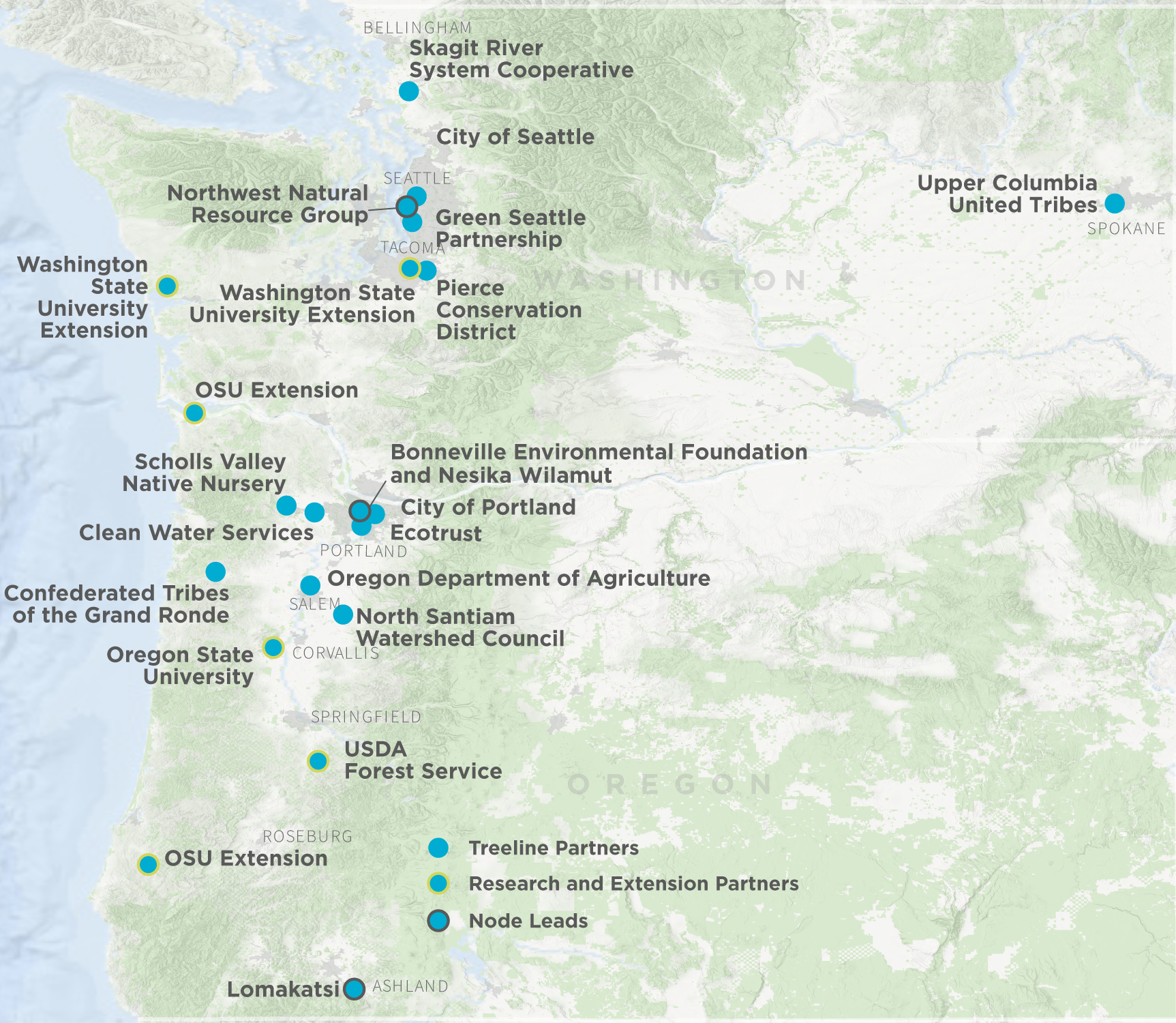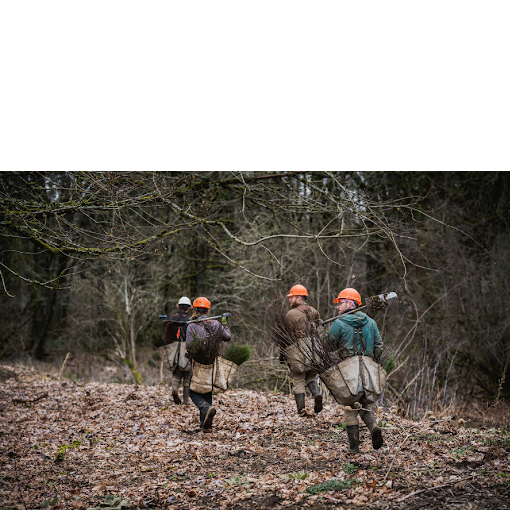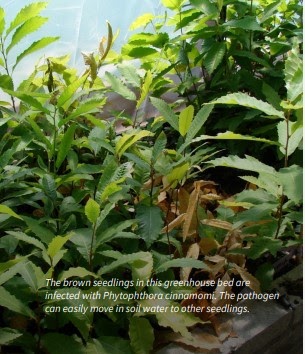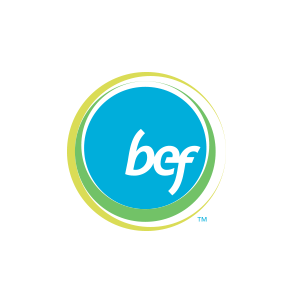Treeline: Climate Resilience & Adaptation
Who Are We?
Treeline aims to: Engage PNW restoration practitioners, nursery partners and researchers who work for or represent tribes, indigenous groups, non-profits, agencies, landowners, businesses and more to gather, disseminate, and discuss information and knowledge across a broad region.
Hear from our community by signing up for our newsletter here.
Catch up on past newsletters:
Extension Partners Issue
Fire Issue
Floodplains Issue
Nursery Issue
Collaborative Network Issue
Treeline Survey Report
Upland Forest Health Issue
Seedling Regeneration Issue
Stressors and Strains Issue
The Resilience Issue
The Hope Issue
The Disturbance Issue
The Capacity Building Issue
The Adaptation Action Issue

What is Assisted Migration?
The following working definitions adapted from Williams & Dumroese (2014) describe three forms of assisted migration.
- Seed migration: seed sources are moved climatically or geographically within their current ranges. (Example: collecting seed from droughty or flood-prone sites for propagation and out-planting at different site, but within the same seed zone)
- Range expansion: seed sources or plant materials are moved to suitable areas just outside of ranges. (Example: planting California black oak north of Lane County, and still within Oregon’s Willamette Valley)
- Assisted species migration: species are moved far outside current ranges to prevent extinction, or to serve as a surrogate for another species in decline due to climate change (Example: planting incense cedar from central Oregon in the Washington Cascades)

Mother nature has dealt with climate change for millions of years and will for millions more. The fact that the currently changing climate is occurring at an unprecedented rate is surely one that raises the level of concern, but we should look for solutions that mimic natural processes as opposed to completely rewriting them. Concepts like seed migration and range expansion are more in line with the way that nature adjusts through time. Unfortunately, humans have come to believe they are smart enough to bypass natural migration and create a brand-new reality. It recalls examples of scotch broom and cane toads where humans thought they had the best solution to a human-caused problem. I for one would like to learn from our past mistakes and look to mother nature for the solutions.
Marc Gauthier, Wildlife Program Manager, Upper Columbia United Tribes
Take a deeper dive with our Treeline Webinar series:
Treeline Webinar: Unpacking Assisted Migration
Treeline Webinar: Seeds and Climate Change, a conversation with Seed Collectors
Western Redcedar Dieback
Western redcedars (Thuja plicata) are dying suddenly throughout the PNW region. Without a clear understanding of what is causing the dieback, our communities are faced with difficult decisions. Removing Western redcedar from species lists for restoration plantings would be a tragedy considering the tree’s enormous cultural and ecological importance. However, the sudden dieback of the species forces restoration practitioners, cultural practitioners and forest managers to grapple with difficult questions.

How Can You Get Involved?
- Join iNaturalist/encourage your team or community to sign up and find our project: Western redcedar Dieback Map.
- Head outside, whether rural or urban, wildlands or parklands – wherever there are Western redcedar. If you see signs of poor health or mortality, take a photo, upload it from your phone, add additional info and answer a few short questions.
- Follow our progress and that of your fellow community scientists by signing up for communications at foresthealth.org
Anyone is welcome to contact Joey Hulbe for more information about the program, western redcedar research, community science in general, or instruction in using iNaturalist. We welcome any feedback and would love to connect with more communities and partners. hulbe@wsu.edu
Assisted Migration and Phytophthoras
As movement of plant materials across regions becomes more commonplace, risk of spreading pathogens like Phytophthora, also known as Sudden Oak Death, increases.
“This project aims to meet the needs of the nurseries most affected by pathogens and provide them with the resources they need to do practical tasks like how to monitor for Phytophthora.”-Dan Stark, Forestry and Natural Resources Assistant Professor of Practice at Oregon State Extension
Audience for this project:
- Nurseries, especially smaller-scale restoration nurseries
- Restoration professionals
- Master Gardeners and other volunteers who are working within the restoration community. The more people that know about it, the better.

Take a deeper dive with our Treeline Webinar series:
Treeline Webinar: Assisted Migration Risk of Introducing Phytophthoras
This work is supported by a Coordination and Collaboration grant from the Climate Resilience Fund.
